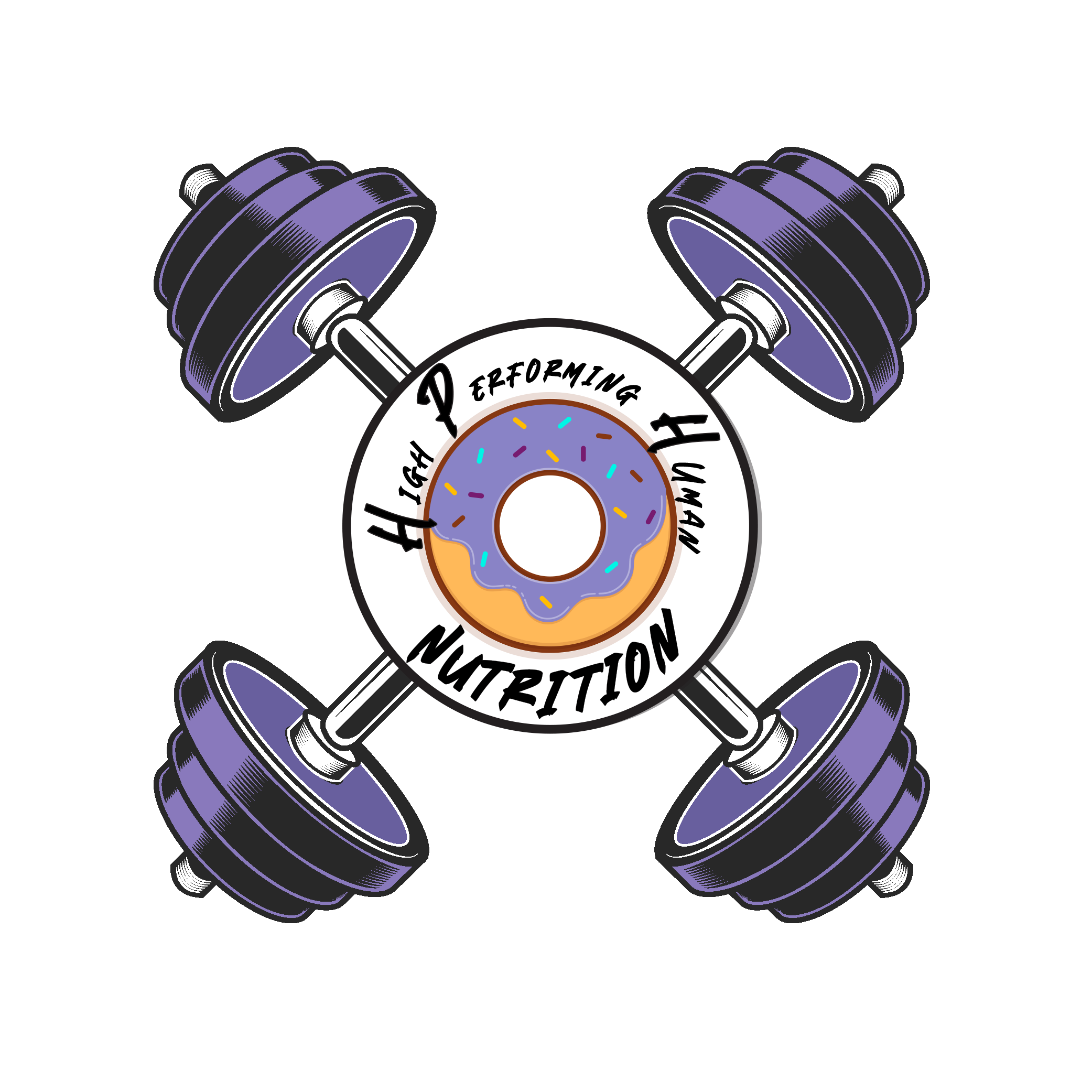
What you eat is just as important to your training regimen as the workout you have planned for the day. This applies to everyone; recreational exercisers to elite athletes.
Not only is it important to choose the right foods but also the right amounts of each depending on where you’re at in your training cycle. The goal is to make your plate reflect the day’s training.
The National College Athletic Association (NCAA) Sport Science Institute, Sports, Cardiovascular and Wellness Nutrition (SCAN) dietetic practice group, and the Collegiate and Professional Sports Dietitians Association (CPSDA), put together an informative handout titled, “Building a Performance Plate,” you can find that here. Other resources like the Egg Nutrition Center and dietitian-run blogs have also discussed this topic.
Below, you’ll find the two basic performance plate styles depending on training volume.

Heavy Training –
½ Whole Grains and Complex Carbs;
¼ Lean Protein;
¼ Fruits and Vegetables;
Moderate Fats

Light Training –
¼ Whole Grains and Complex Carbs;
¼ Lean Protein;
½ Fruits and Vegetables;
Limited Fats
Our three categories include: lean protein (grilled chicken in diagram), fruits and vegetables, and whole grains and complex carbohydrates (potatoes in diagram).
On heavy training days, the performance plate contains more whole grains and complex carbohydrates. This is because those type of foods are said to be the main energy source for our activity. We need to be sure to provide an adequate fuel source and replenish what we use.
With lower training volume, carbohydrate and overall calorie needs decrease. On the lighter training day, we are focusing on fruits and vegetables for antioxidants and overall health as well as protein foods. Depending on weight loss goals, there may be a decrease in whole grains and an increase in protein in the off-season.
So, what are good food choices that fit into these categories?
- Whole Grains (energy-enhancing) – 100% whole wheat bread, tortillas, pita; brown rice; whole-grain pasta; beans; oatmeal, potatoes; yogurt; quinoa; popcorn; trail mix
- Lean Proteins (recovery/muscle-building) – grilled/baked/broiled/roasted chicken, fish, turkey, pork loin, sirloin, and lean ground beef; eggs, low fat cheese; tofu; tuna packets; milk; protein bars/beverages; beans
- Fruits and Vegetables (antioxidant-rich foods) – apples; oranges; bananas; blueberries; grapes; melon; strawberries; broccoli; green beans; spinach; romaine lettuce; carrots; cauliflower; mushrooms; cucumbers; tomatoes; fresh, frozen, canned, or dried
- Fat (immunity/flavor-boosting) – salmon; tuna; nuts; seeds; olives; olive oil; avocado; nut butters; oil-based salad dressings; butter
- Fluid (hydration-promoting) – water; low-fat milk; non-caloric beverages
Remember, you need to focus on nutrition as part of your training and your calorie and nutrient needs will change as your training changes.
Need help finding your performance plate?
Contact me at (989) 798-1920 or hannahboyl@abssofruitly.com
References:
- SCAN/CPSDA Registered Dietitians. Building a Performance Plate. Collegiate and Professional Sports Dietitians Association. http://www.sportsrd.org/wp-content/uploads/2015/01/Building_a_Performance_Plate_WEB.pdf. Published 2014. Accessed July 31, 2018.
- Performance Plate: Fueling the athlete for optimal performance. Egg Nutrition Center. https://www.eggnutritioncenter.org/content/uploads/ENC-Perform-Plate.pdf. Accessed July 31, 2018.
